Design and Digital Manufacturing, an engaging conversation between creativity, innovation and technology
The fringe event "Design and Digital manufacturing" (Milan, Friday 17 April, San Maurizio Cloister) has attracted the attention of a varied international audience, gaining interest from small and large companies, architects and designers, students, journalists and passers-by.
The evening was a showcase of the many facets of creativity - the ability to produce without being constrained by limits thanks to technological innovations, to create new design objects, driven by the desire to play and experiment with new concepts, and to seek out new training partnerships, with a view to fostering the talent of tomorrow.
Against the backdrop of Milan Design Week, Biesse, FIAM Italia and Enaip organised a round table examining excellent examples of creativity, technology, craftsmanship and training.
Daniel Libeskind, one of the world's leading architects, opened the round table, underlining how technology can benefit creativity, becoming an essential element in creating without limits and manufacturing any object dreamt up by a designer's fertile mind, on a large scale.
Vittorio Livi (Chairman of FIAM Italia), "an enlightened master glassmaker", proudly told the audience his story, including how he managed to combine the craftsmanship of a master glassmaker with industrial processes. The vision of a dream, the art of in-depth know-how gained from years of work on the floor, as he likes to point out - or in other words, to have started from nothing, and, flanked by a good teacher who laid the foundations in training, to one day go on to create the world's first furniture in curved glass.
In the words of Giancarlo Selci (Founder of Biesse), the Group's technologies and software products are designed to be at the service of those who work with glass and wood across the world, simplifying tasks for the operator and rendering numerical control machines accessible to a non-specialist audience, allowing customers to produce more in less time.
Paolo Molteni (Cantù Made Italy), who designed and manufactured the K14 kitchen-sculpture shown inside the Cloister, spoke about craftsmanship in the field of wooden furniture, focusing on the concept of "replicability" of a work of design.
In their presentations, Valentina Aprea (Councillor for Education, Training and Employment for the Lombardy Region) and Paola Vacchina (President of Enaip and FORMA, the national association of vocational training bodies) stressed how vocational training is important for providing qualified services to train young people and to find these young people job placements, to train adults, to support people who are having trouble problem finding a job, and to promote the development of organisations and enterprises - once again through training.
On closing a round table that had been humming with stories and future plans with regard to design and technology, Raphael Prati referred to the evidence gathered, emphasizing the value of a synergy between worlds that at first sight may seem far apart.
The network which connects design, craftsmanship, technology and training can create a virtuous circle that enhances creativity and offers real opportunities for growth for young people and businesses, who can reap the benefits in the era of digital manufacturing.
Following the meeting, 50 young aspiring chefs from Enaip demonstrated the quality of their vocational training by staging a dinner and drinks party, with exciting interpretations of traditional local products at tasting corners dotted around the venue, and the presentation of a menu linked to the Expo 2015 clusters.
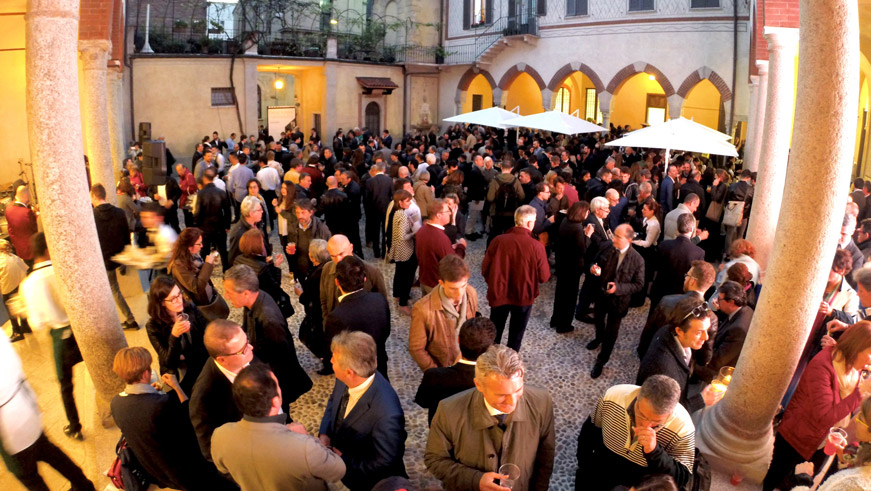

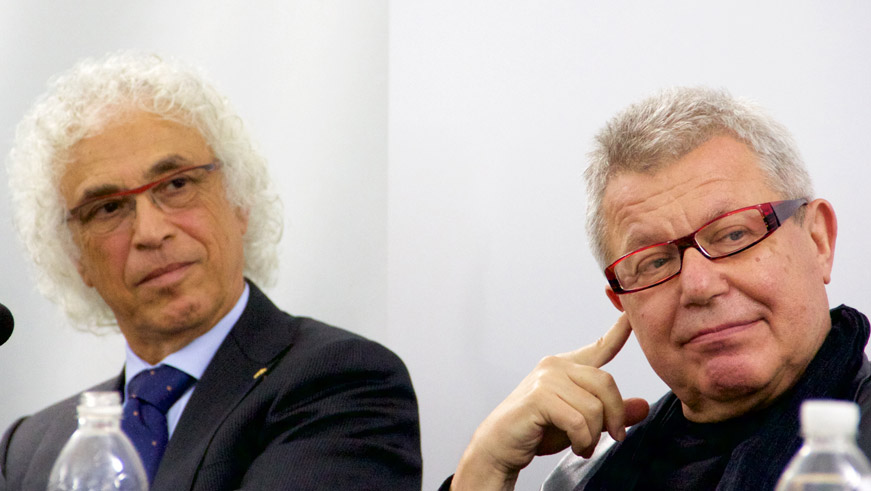
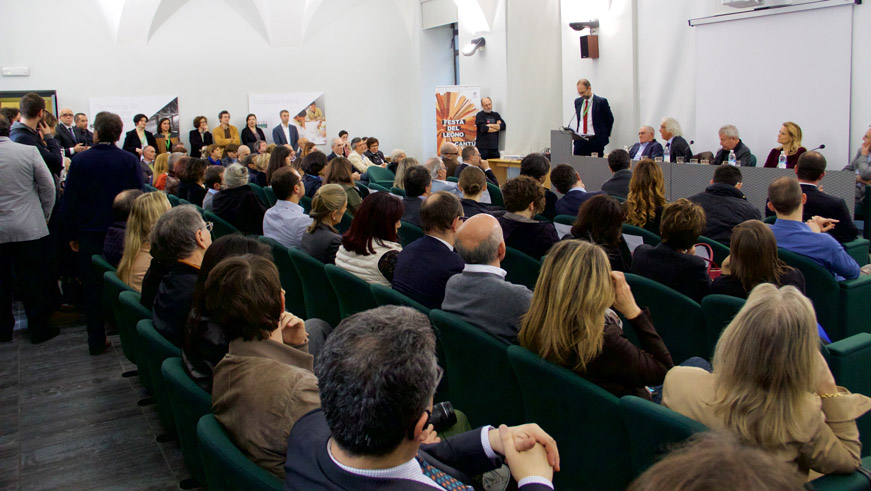

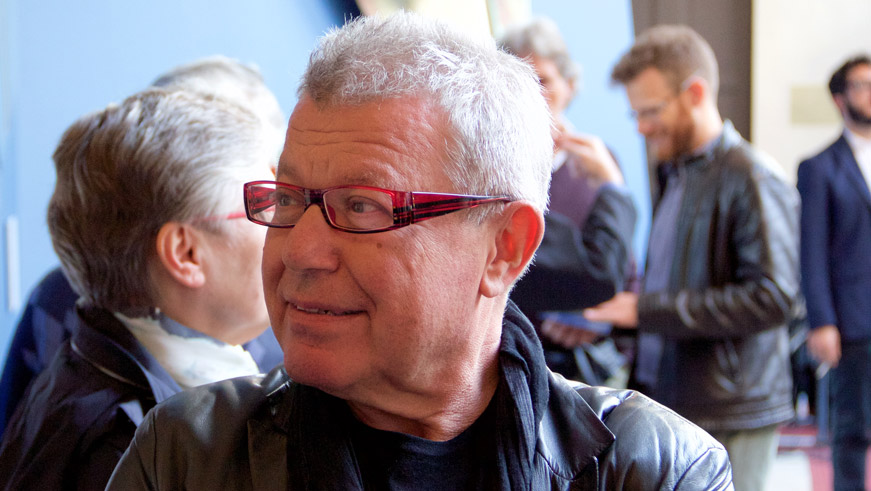
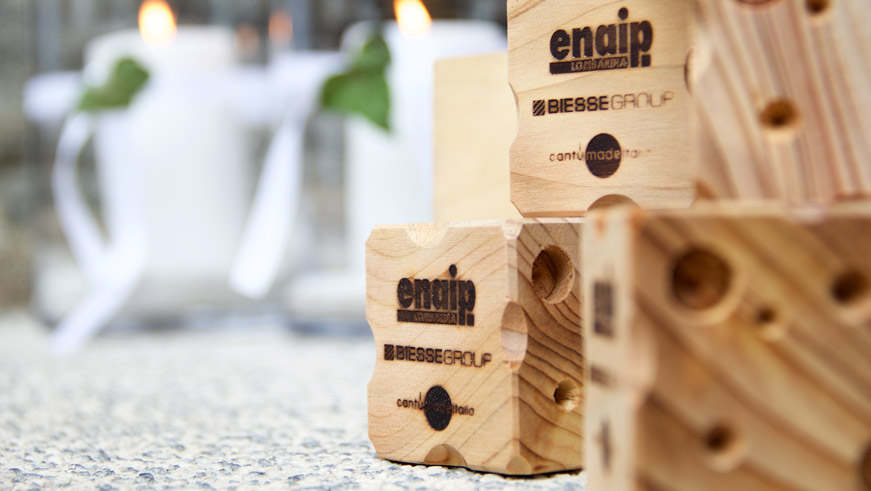
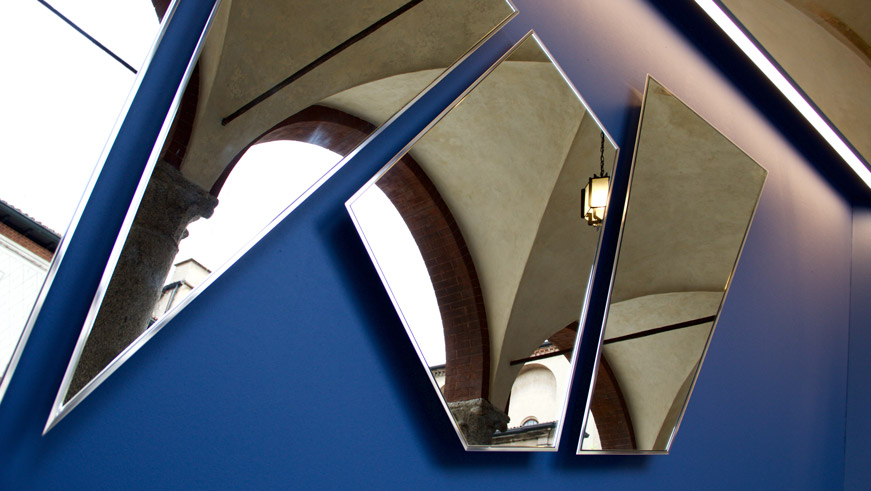
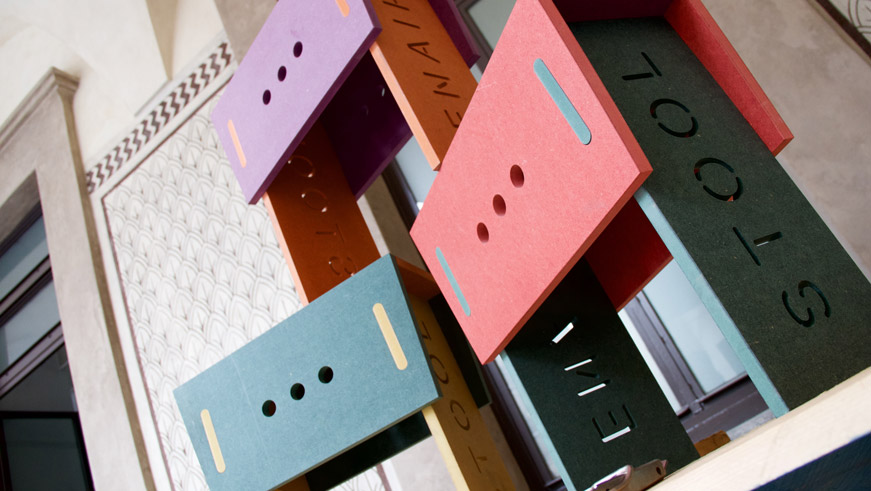
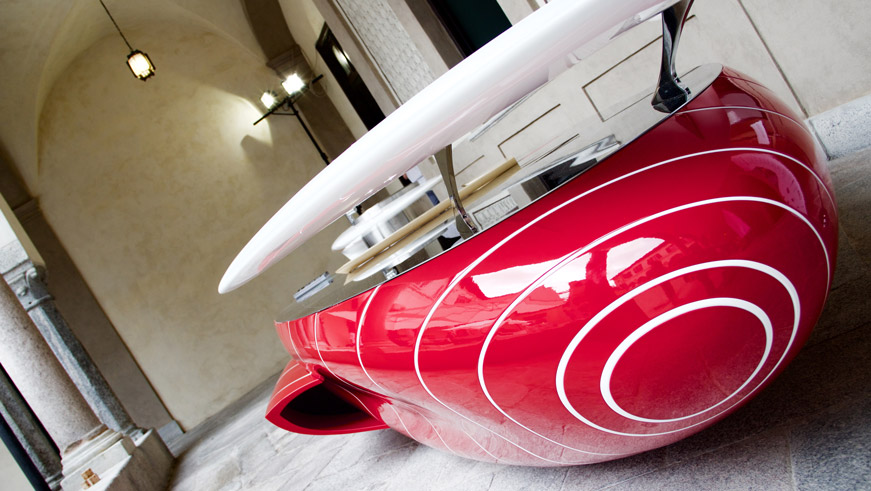
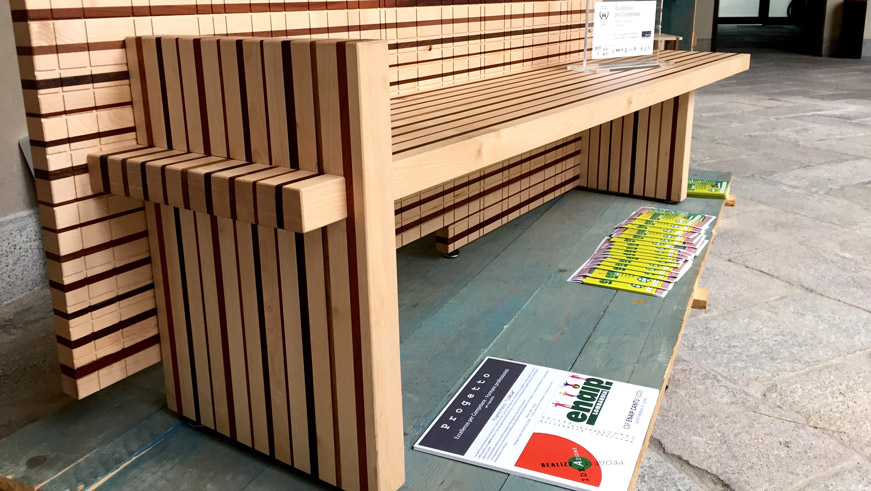

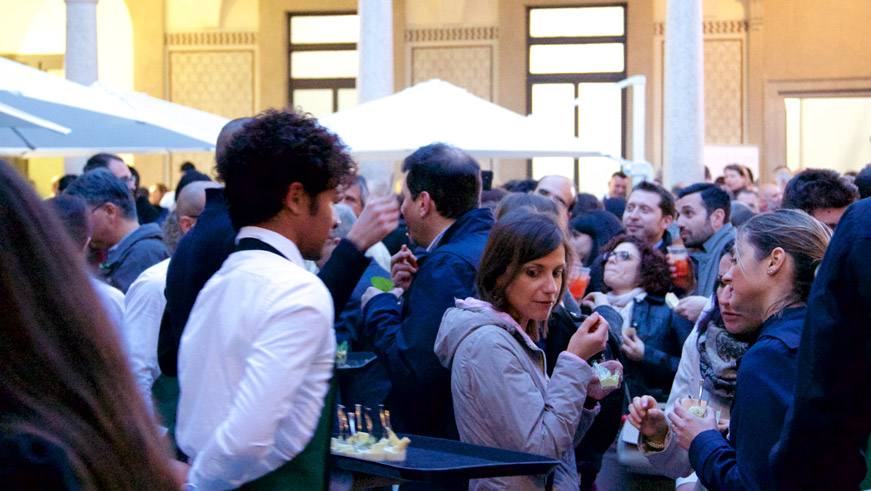
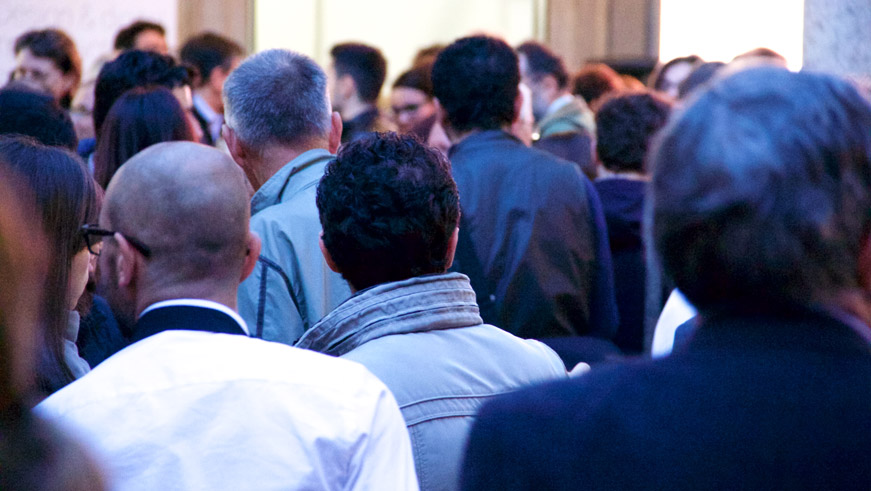




 Websolute
Websolute